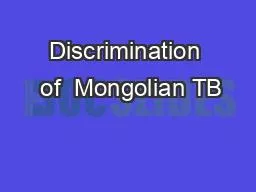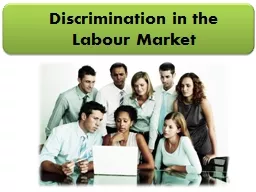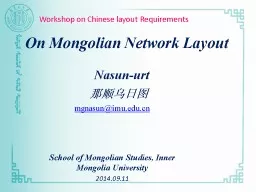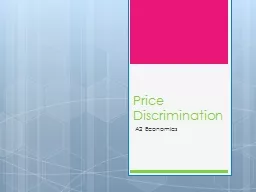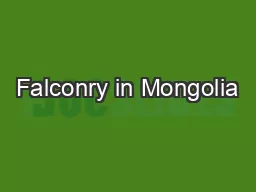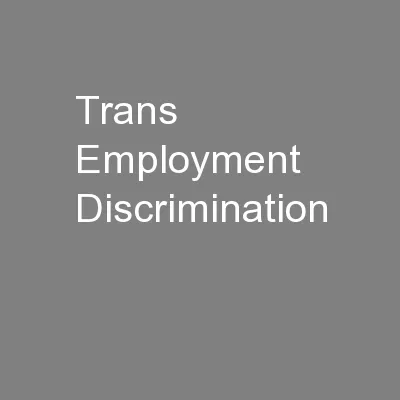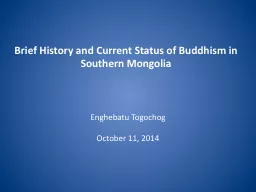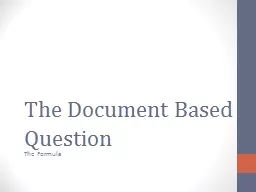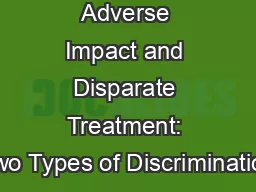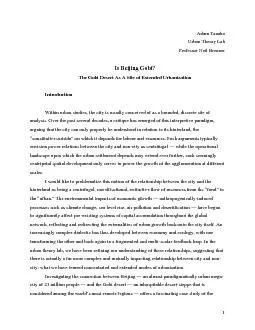PPT-Discrimination of Mongolian TB
Author : shoulderheinz | Published Date : 2020-10-22
patients access to medicines diagnosis and treatment Good practices of Mongolia in tackling these issues OBatbayar MPH London School of Hygiene and Tropical
Presentation Embed Code
Download Presentation
Download Presentation The PPT/PDF document "Discrimination of Mongolian TB" is the property of its rightful owner. Permission is granted to download and print the materials on this website for personal, non-commercial use only, and to display it on your personal computer provided you do not modify the materials and that you retain all copyright notices contained in the materials. By downloading content from our website, you accept the terms of this agreement.
Discrimination of Mongolian TB: Transcript
Download Rules Of Document
"Discrimination of Mongolian TB"The content belongs to its owner. You may download and print it for personal use, without modification, and keep all copyright notices. By downloading, you agree to these terms.
Related Documents

